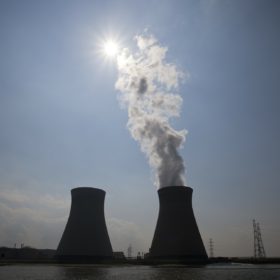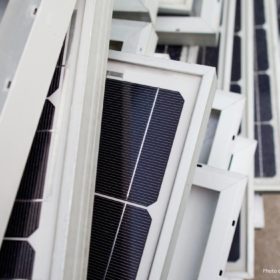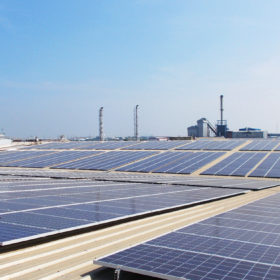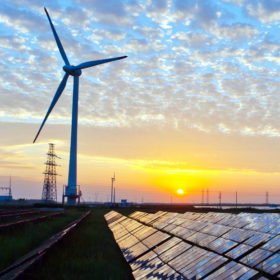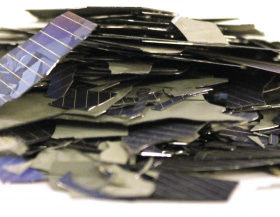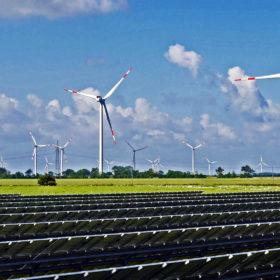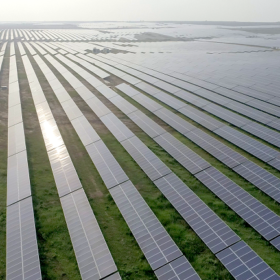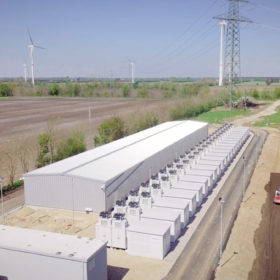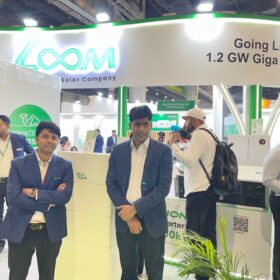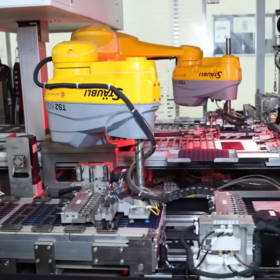Consultancy sought for India-funded 100 MW solar plant in Bangladesh
The majority of the finance for the $177 million, Jamuna river project will be provided in the form of soft loans from the Indian government and officials are reportedly already planning a second 100 MW facility with a Chinese firm on nearby land.
Renewables vs. Nuclear: 256-0
The latest World Nuclear Industry Status Report shows that the world’s operational nuclear capacity grew by just 400 MW in 2020, with generation falling by 4%. By contrast, renewables grew by 256 GW and clean energy production rose by 13%. “Nuclear power is irrelevant in today’s electricity capacity market,” the report’s main author, Mycle Schneider, told pv magazine.
A circular economy can support India’s push for clean energy and self-reliance
Recovering valuable raw materials from end-of-life solar panels and batteries presents a great opportunity for India to secure their future availability as the nation chases its ambitious renewable energy targets.
Solar on new-build homes has significantly shorter payback period
A report by BloombergNEF and Schneider Electric has pressed the case for governments to unlock the world’s potentially huge rooftop solar potential, and cited California’s solar mandate as a shining example.
An open letter to power minister on Draft Electricity Rules, 2021
The current proposed draft policy has the potential to act as a game-changer for the renewable energy industry. However, the government needs to relook at certain elements.
Proposed power market reforms could reduce renewable energy costs further
A new IEEFA note discusses the impact of the proposed market-based economic dispatch mechanism for procuring bulk power, and regulations for frequency control ancillary services.
New solar addition may generate 21 kilotonnes of PV module waste by 2030
India’s solar capacity growth up to 2030 also means the generation of a significant mass of PV module waste due to early failures or damages during transportation, installation, and operation. The waste generation could be 21 kilotonnes assuming India’s cumulative installed PV capacity grows to 287.4 GW by 2030 from 40 GW in 2020. This doesn’t include end-of-life panel waste as PV systems installed between 2020-30 are assumed to have at least 30 years of lifetime.
Responsible land-use for solar, wind plants could smooth the path for India’s energy transition
India will require large swaths of land for the huge expansion of renewable energy capacity over the coming decades. The energy transition requires planning for proper siting of these plants and solutions like agrivoltaics, distributed energy systems, and offshore wind to reduce land-use conflicts.
ICRA assigns stable outlook to India’s renewable energy sector
The outlook is supported by a strong project pipeline, competitive tariffs, and continued policy support. The demand outlook for domestic solar module manufacturers also remains favorable.
The potential for grid-scale energy storage in India
A new study provides a first-of-its-kind assessment of grid-scale energy storage deployment in India both in the near term and the long term. The researchers conducted scenarios-based capacity expansion modeling to assess when, where and how much energy storage can be cost-effectively deployed in India through 2050. In all scenarios, energy storage was found to play a significant role in India’s power system.

